About Bhutan
Bhutan is a unique country of culture and environment. In addition to the impressive natural scenery, the lasting image of the country of most tourists is a strong cultural and traditional feeling that unites this culture and tradition to the kingdoms. Few people have heard of Bhutan, and for most people, it is a hidden mystical realm. It is classified as one of the most exotic destinations in the world today.
History and geography
From the eighth century AD, the period of Bhutan, rural life, domestic animals, agriculture, and Buddhism for the first time came to mark the later architecture of the Buddhist temple. The Buddhists, like the Padmasambhava teacher, and the scholars of India and Tibet, mark medieval Bhutan. The emergence of the ruling class and the development of art and architecture also appeared during this period.
Shadrung Ngawang Namgyal, the leader of Drucker, came to Bhutan in the 17th century. He introduced the dual system of government, for the first time to maintain a certain degree of stability, which is unprecedented. This does not last long. After the death of Wangangnan, the successors became victims of conspiracy and confrontation. This instability persisted until the beginning of the 20th century.
Bhutan is a landlocked country, located between the mountains of the Eastern Himalayas, between the autonomous regions of Tibet, China in the north and India in the south. It is between 88 ° 45'E and 92 ° 10'E and the latitude 26 ° 40'N to 28 ° 15'N. With an area of 46,500 square kilometers and a population of 650,000, 75% of the population is growing and raising livestock.
The country can be divided into three main geographical areas: the foothills and plains of the south, the hot and humid climate, the moderate rainfall in the central mountain valley, the northern mountains almost all year round are snow-capped mountains.
People and language
The population of Bhutan is divided into three main ethnic groups: Sharchops, who lives in the eastern part of the country and is believed to be the first inhabitant of Bhutan. They originated in the Mongols in India and are closely related to people in northeastern India and northern Burma. The Nangongs are descendants of Tibetan immigrants who immigrated to Bhutan in the ninth century and settled in the west of the country. The third group, Lhotsampas, is a Nepalese ethnic group that settled at the foot of southern Bhutan in the mid-nineteenth century. There are other ethnic minorities in Bhutan, such as Rafdap, Block, Daya, Rafi, Tapa, and Lepa.
Traditional costumes
The men wear a knee-length dress called Gho, similar to a kilt. The women wore "Kira" tunics wrapped around their bodies from neck to ankle. Women usually wear heavy silver and gold necklaces with coral, turquoise and other gems. The rings and earrings decorated with pearls and turquoises are popular.
The national language of Bhutan is the Tzungkan language that is widely used in the western region. Sharchop is spoken in the eastern part of the country, where Southerners speak Nepalese.
Climate and Weather
The climate of Bhutan varies from the tropical temperatures in the south and the average temperatures to the coldest in the north. Like many of your adventures in the Himalayas, the weather will be quite unpredictable.
The spring of Bhutan is just a spectacular moment compared to the artist's color palette. The autumn from the end of September to November is usually very smooth and clear. The sky is generally the sharpest, with stunning views of the Himalayas. Traditionally, spring and autumn are the most popular times to visit Bhutan.
In summer, daylight temperatures generally rise in the mid-eighties. The temperature in Punakha and the Central Valley is lower than in the West, often in some degrees.
Banking
Ngultrum is a Bhutanese currency. This is equivalent to the widely accepted Indian rupee in Bhutan. At the Paros airport, the National Bank of Bhutan and the Bank of Bhutan you can buy Ngultrum. An ATM accepts Visa and MasterCard in major cities. You can find the location of the ATM by clicking on the Bhutan Bank ATM. Currently; most hotel and craft shops accept credit card payments.
Enter Bhutan
Transport
Druk Airline is the flag carrier of the Bhutanese Government. All international departures and arrivals are operated from the only international airport in Paros (2,235 meters). As Bhutan is a mountainous country, the time of the flight is affected by the weather the flight may be canceled. We recommend that you maintain a space of 24 hours before participating in any international contact.
Amazing Nepal can help you to organize your flight to Bhutan. For your reservation, you must provide your full name (as indicated in your passport) and other details. As airlines do not issue printed tickets, electronic tickets will be sent to you by email in advance, once your reservation is confirmed.
Land
The border town of Phuentsoling, Samdrup Jogkhar and Gelephu is the only point of entry/exit for visitors. These border cities are very far from the capital, Thimpu.
The Approach of Tourism
Tourism in Bhutan is based on the principle of sustainability, which means that tourism must be respectful of the environment, social corporate, recognized sociocultural and economically viable. Therefore, the number of tourists in Bhutan remains at an environmentally manageable level through tourist policy imposed by the government.
Electricity
The ignition cycle is 220V Plus. Follow this power rating and carry the camera charger or travel accessory.
Clothing
Due to the wide range of temperatures and weather conditions, we recommend that you bring suitable clothing. In the months of October, November, December, January, and February, morning and afternoon are cold. You will have to wear warm clothes (without thick coats). In February, March, April, May, June, July, August and September, the days are warmer. June, July, and August will be low tide, some rain is necessary.
Seasonal clothing, sunglasses / spare glasses or contact lenses, casual shoes, wash kits, shaving kits, towels, hats, umbrellas, cameras, movies and accessories, maps, mosquito repellent, hand cream, and safety pin, flashlight or flash with battery backup, mirror, sunscreen, lip balm or soluble aspirin, anti-corrosion cream, to avoid sunburn.
Accommodation
Bhutan offers generally modest but clean hotels. A couple of high-end resorts have been opened in some districts. Amazing Nepal agents put you up in the best available hotels that are classified and approved by the Royal Government. Visitors are advised not to expect luxury or five-star hotel services. Bhutan’s local hospitality is, however, an insight into a society where tourism may be a new venture, but where visitors are greeted with true warmth and friendship.
Transportation
We arrange comfortable passenger coaster buses for groups of seven visitors or more. You will also be traveling comfortably throughout the country in six-seater Japanese hi-ace buses. Smaller groups of one to two passengers will discover the country in luxury SUVs.
Facts about Bhutan
- The word "Bhutan" translates as "Thunder Land" because it often has intense storms involved in the Himalayas.
- At 24,840 feet, Gangkhar Puensum is the highest point in Bhutan and the highest mountain in the world that rises.
- Bhutan's rules of etiquette provide you with food. The tradition is to say "meshu meshu", cover your mouth with your hands. However, you can give up after two or three offers.
- Anyone who kills the sacred black-necked crane of a culture in danger can be sentenced to a fixed term prison sentence.
- Bhutan is one of the last countries in the world to introduce television to its people. A few years ago, the government lifted the ban on television and the Internet.
- Bhutan is the first country in the world to have its own constitutional obligation to protect the environment. What it requires: at least 60% of countries must always maintain forest cover.
- One-third of the population of Bhutan is under 14 years old, the average age is 22.3 years.
- Thimpu is one of the only two capital cities in Asia that does not have a single traffic light. (Pyongyang, North Korea) sent a single signal from local officials and was quickly dismantled
- Bhutan is the only country in the world that prohibits the sale of tobacco.
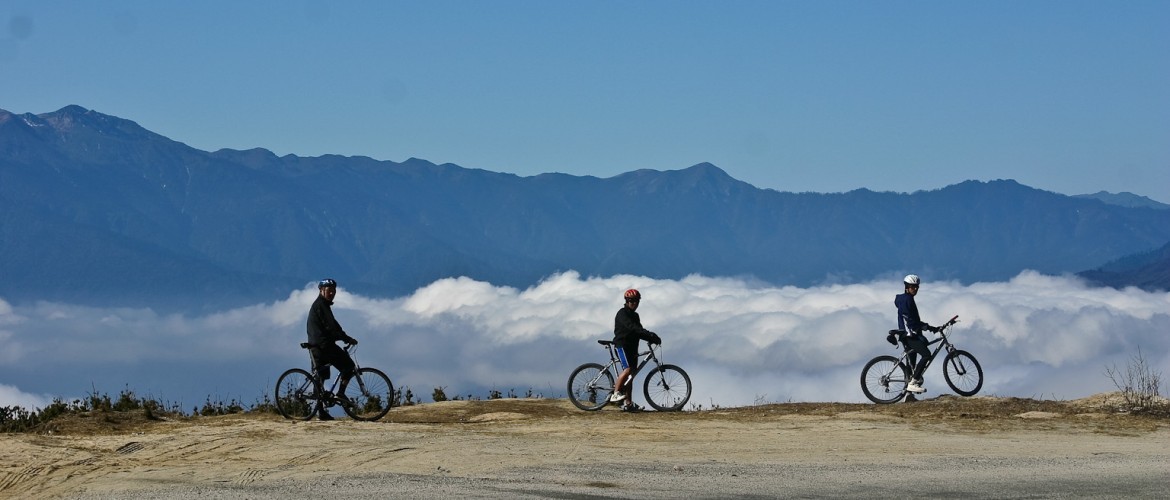
 54 Reviews on Google
|
54 Reviews on Google
|  30 Reviews on Facebook
30 Reviews on Facebook
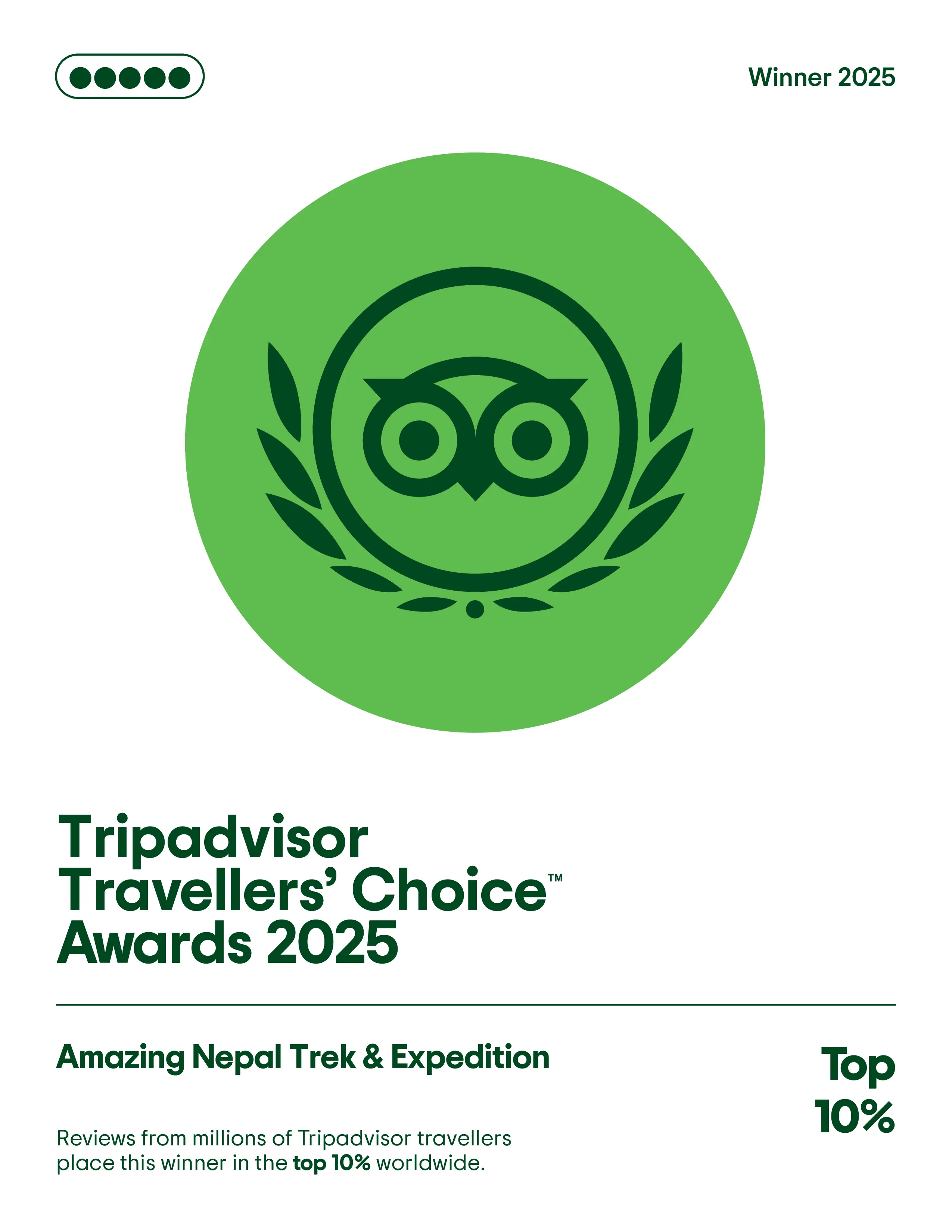
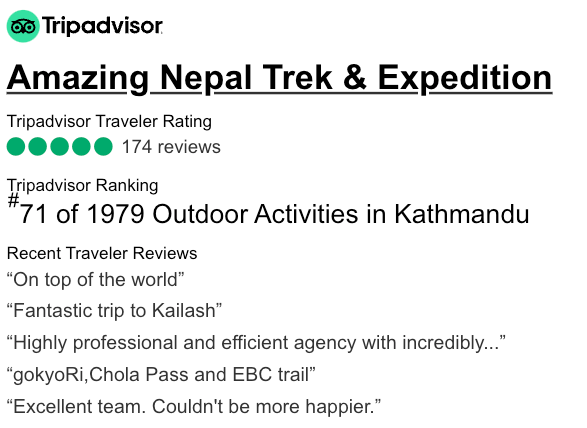
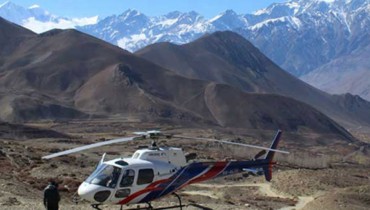
 (1) (1).jpg)
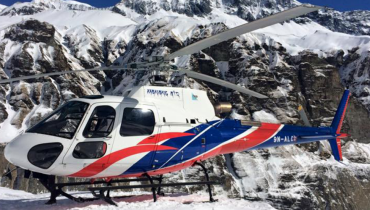
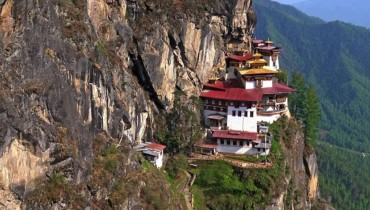
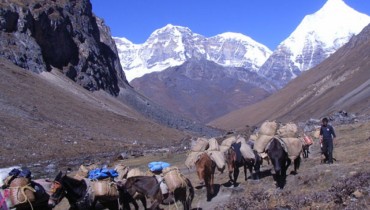
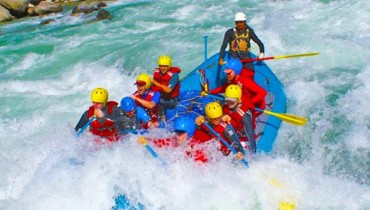
 WhatsApp Us
WhatsApp Us




